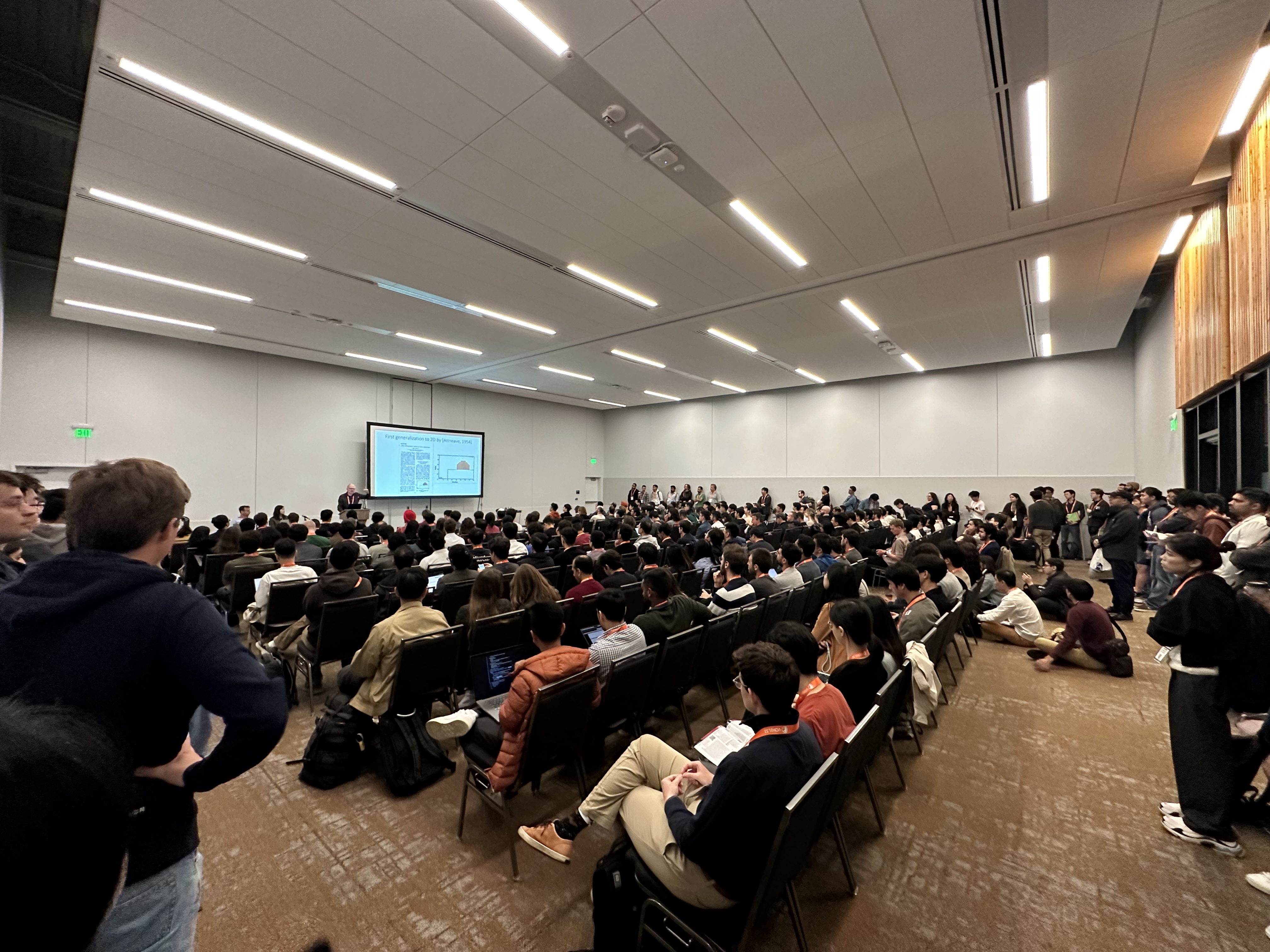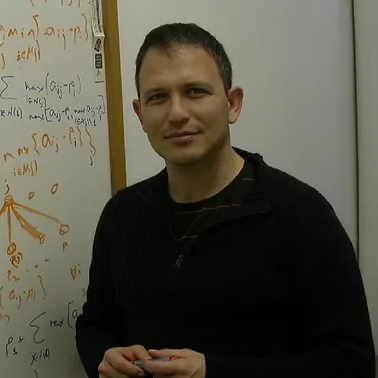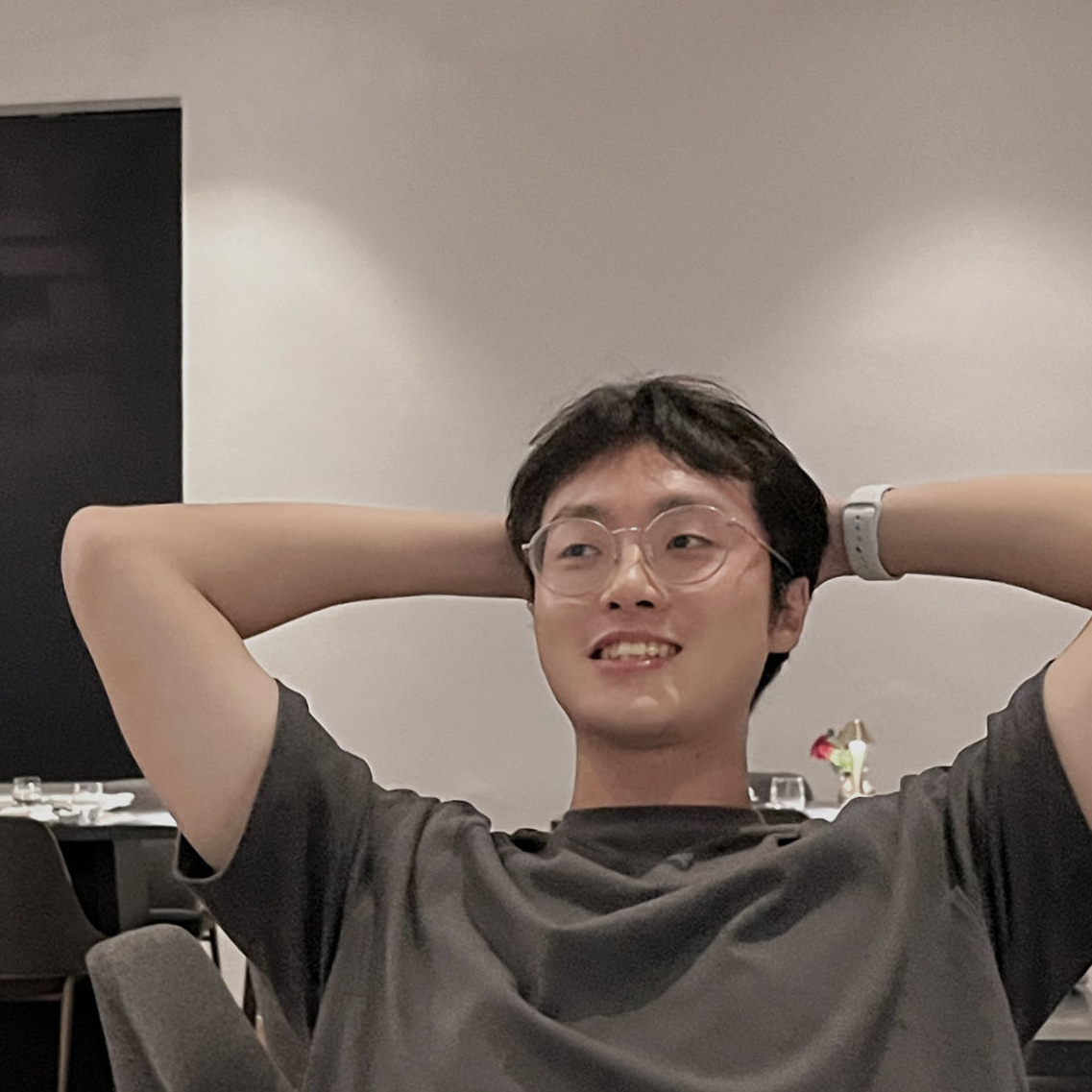Building general-purpose computer vision models is a multifaceted challenge that requires a system capable of understanding and interpreting a wide array of visual problems. Drawing inspiration from the field of NLP, the concept of “prompting” has been identified as a promising method for adapting large vision models to perform various downstream tasks. This adaptation process is streamlined by integrating a prompt during the inference stage.
Prompts can take several forms in the context of computer vision. They can be as straightforward as providing visual examples of the input and the desired output, thereby giving the model a clear reference for what it needs to accomplish. Alternatively, prompts can be more abstract, such as a series of dots, boxes, or scribbles that guide the model's attention or highlight features within an image. Beyond these visual cues, prompts can also include learned tokens or indicators that are associated with particular outputs through the model's training process. Moreover, prompts can be constructed using language-based task descriptions. In this scenario, textual information is used to direct the model's processing of visual data, bridging the gap between visual perception and language understanding.
This workshop aims to provide a platform for pioneers in prompting for vision to share recent advancements, showcase novel techniques and applications, and discuss open research questions about how the strategic use of prompts can unlock new levels of adaptability and performance in computer vision.





















